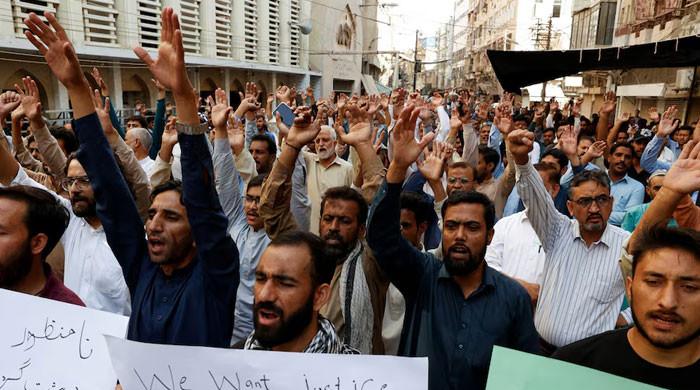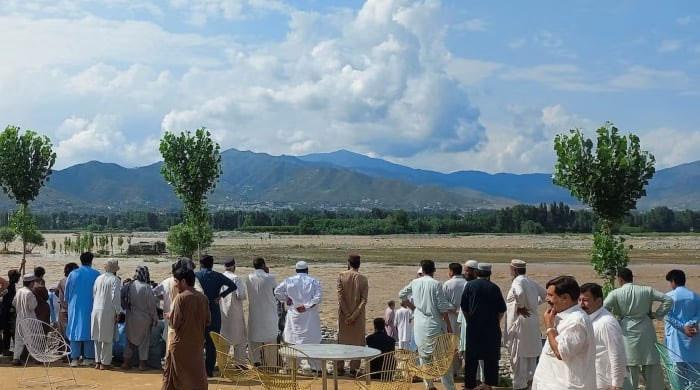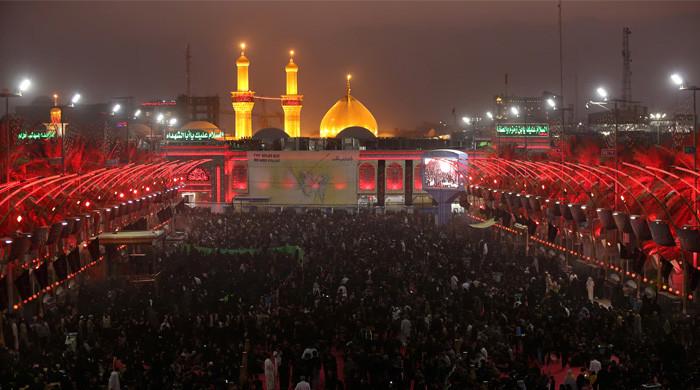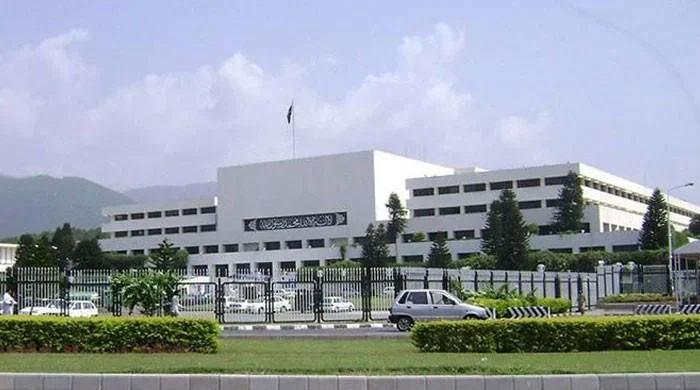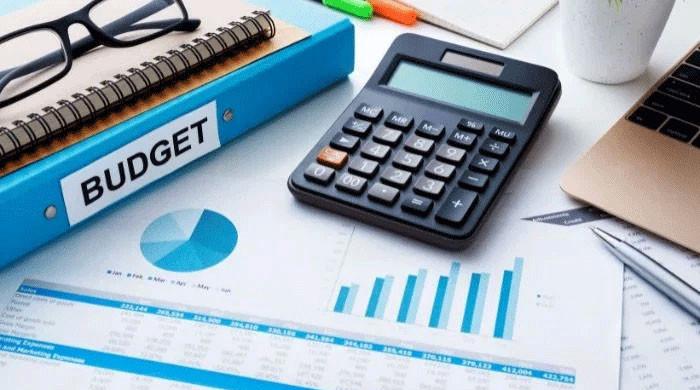Will Budget 2018-19 deliver for the PML-N?
Parliamentarians should highlight that this budget missed many of those promises which were made as part of PML-N’s manifesto of 2013 elections
April 30, 2018
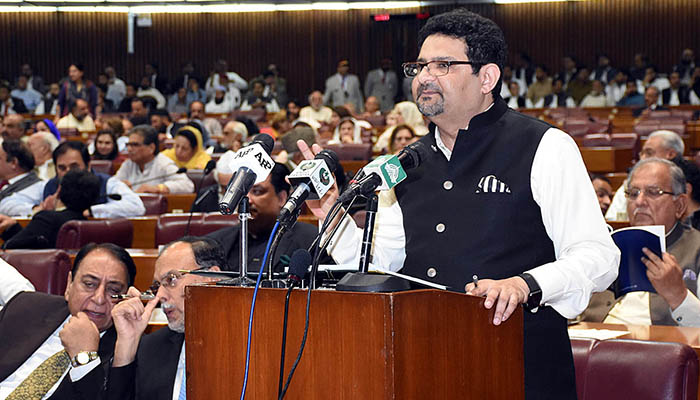
Every year the federal budget formulation provides the economic managers of this country the opportunity to alter the course of fiscal policy and in turn influence domestic demand for goods and services in the economy, promote trade and foreign direct investment, encourage remittances from abroad, redistribute incomes and wealth which could mitigate inequalities, and spending public resources where markets fail e.g. malnutrition, health and environmental challenges.
This month saw a departure from tradition where the sitting government preponed the budget and decided to announce it at least six weeks before the last month of the fiscal year i.e. June 2018. This, of course, demanded the civil service to produce provincial budget estimates, and national income accounts statistics based on an estimated seven months’ data. This certainly puts a question mark on the sanctity of economic growth, fiscal deficit and balance of payments projections presented as part of the Economic Survey of Pakistan as well as the Budget 2018-19.
Several other data issues which have already been highlighted by macroeconomists, during the past years of the Pakistan Muslim League-Nawaz government, also went unaddressed. For example, the growth number for large-scale manufacturing is based on a census of manufacturing industries conducted in 2005-06. Similarly, the government is unable to validate its own national income statistics as the standard tool to do so i.e. supply and use tables were last prepared in 1989-90.
Let’s now look at the basic construction of Budget 2018-19 and how the government aims to meet its ever-expanding expenditure needs. The federal government aims to collect Rs4,435 billion in fiscal year 2018-19. Out of which excessive reliance would be on indirect taxes which would be Rs2,700 billion. If one includes non-tax revenue e.g. accruing from civil administration, and public sector entities the gross earnings of the federal government are projected to be Rs5,660 billion. Out of this amount Rs2,590 billion belongs to the provinces and the federal government would be left to manage its affairs with a total sum of Rs3,070 billion which would certainly be inadequate given the expenses projected in this budget.
The overall federal government expenditure is projected at Rs5,246 billion. This leaves a whopping gap of Rs2,176 billion for which the federal government will need to create further debt. While provinces are expected to generate a surplus in their budgets however this is not something which can be coerced by the federal government. Similarly, the interest and servicing rate at which Rs1,109 billion external debt will be procured to finance this fiscal deficit is usually never estimated as part of the budget. The burden is only seen during the medium term which could be anywhere between two to five years.
Let us look at how federal taxes will impact economic growth and welfare? The government intuitively expects that lowering of income tax rates could spur additional demand in the economy which may not always be true in practice, especially where avenues to save and invest are limited. The populist measures taken in an election year to bring down the income tax rates on the highest salary slab is more than compensated from an increase of Rs569 billion in indirect and other taxes. Such taxes create the most distortions in the productive sectors and could dampen growth prospects particularly for the small and medium enterprises. Unfortunately, such a move will affect the poor segment of our society which is already under the weight of regressive withholding and indirect taxes. This will have adverse implications for income inequalities which would certainly increase if fundamental changes to Pakistan’s direct and indirect tax regime are not carried out by the next government.
Government expenditures can also influence poverty and inequality in several ways. Ideally, governments should have a clear focus on there spending strategy so that they can provide an impetus to economic growth through high impact spending in critical infrastructure and human resource development. However, the current structure of Budget 2018-19 leaves little fiscal space for innovative public sector development schemes. Out of the total budget outlay, 31 per cent will go in interest payments of past debt and 21 per cent will go to defence spending. After paying for federal subsidies, salaries of civil service and pensions, the federal government will be left with only 20 per cent to spend on development schemes in infrastructure and social sectors.
Even this miniscule spending on development activity is not directed towards major sources of economic growth. For example, out of the total Public Sector Development Program (PSDP) of Rs800 billion, the significant beneficiary was National Highway Authority which will build roads and bridges worth Rs210 billion. This is 26 percent of the federal PSDP. The development spending is so thinly spread that it is unable to provide for infrastructure which helps growth in agriculture, industry and services sectors. For example, there are weak allocations for water resources (9 per cent of PSDP), power division (4.5 per cent), railways (4.3 per cent), and higher education (4.5 per cent).
This structure of PSDP is contrary to the government’s rhetoric of supporting the fourth industrial revolution in Pakistan. This is certainly not possible where a government allocates weak resources to science and technological research division (0.49 per cent of PSDP), information technology & telecom division (0.38 per cent), and industries and production division (0.23 per cent). It is interesting to note that divisions like Kashmir Affairs and Pakistan Atomic Energy Commission received greater allocations in comparison to highly critical needs being addressed in food security and climate change divisions.
There is no doubt that recent wave of economic growth has come about on the back of assistance provided under the China Pakistan Economic Corridor (CPEC). It is now for the next government to decide whether the country’s focus should be on growth per se versus ‘quality of growth’. The latter aspect is currently missing in our discourse on the economy. This is precisely why: a) growth is contingent upon more debt; b) growth is not translating into longer-term export competitiveness; c) growth is led by private consumption and not by private investment; and d) growth is not resulting into anticipated increase in government revenues.
While the budget speech informs us that the current government has added 12,000 MW of new electricity generation capacity, why is it then that despite an increase in energy supply, the energy prices in the country have gone up? Such structure of growth will not benefit the poorest of the poor. As we now move towards a parliamentary debate on the budget, it is important that opposition parties should highlight the need for a more pro-poor budget which can prevent jobless growth in the economy. The parliamentarians should also highlight that this budget missed many of those promises which were made as part of PML-N’s manifesto of 2013 elections as well as Pakistan Vision 2025 formulated by the Planning Commission and approved by the federal cabinet.
Ahmed is the Joint Executive Director at the Sustainable Development Policy Institute (SDPI). His book ‘Pakistan’s Agenda for Economic Reforms’ was recently published by the Oxford University Press. He tweets @vaqarahmed.
Note: The views expressed in the article are those of the author, and do not necessarily reflect the official policy or position of Geo News or the Jang Group.





